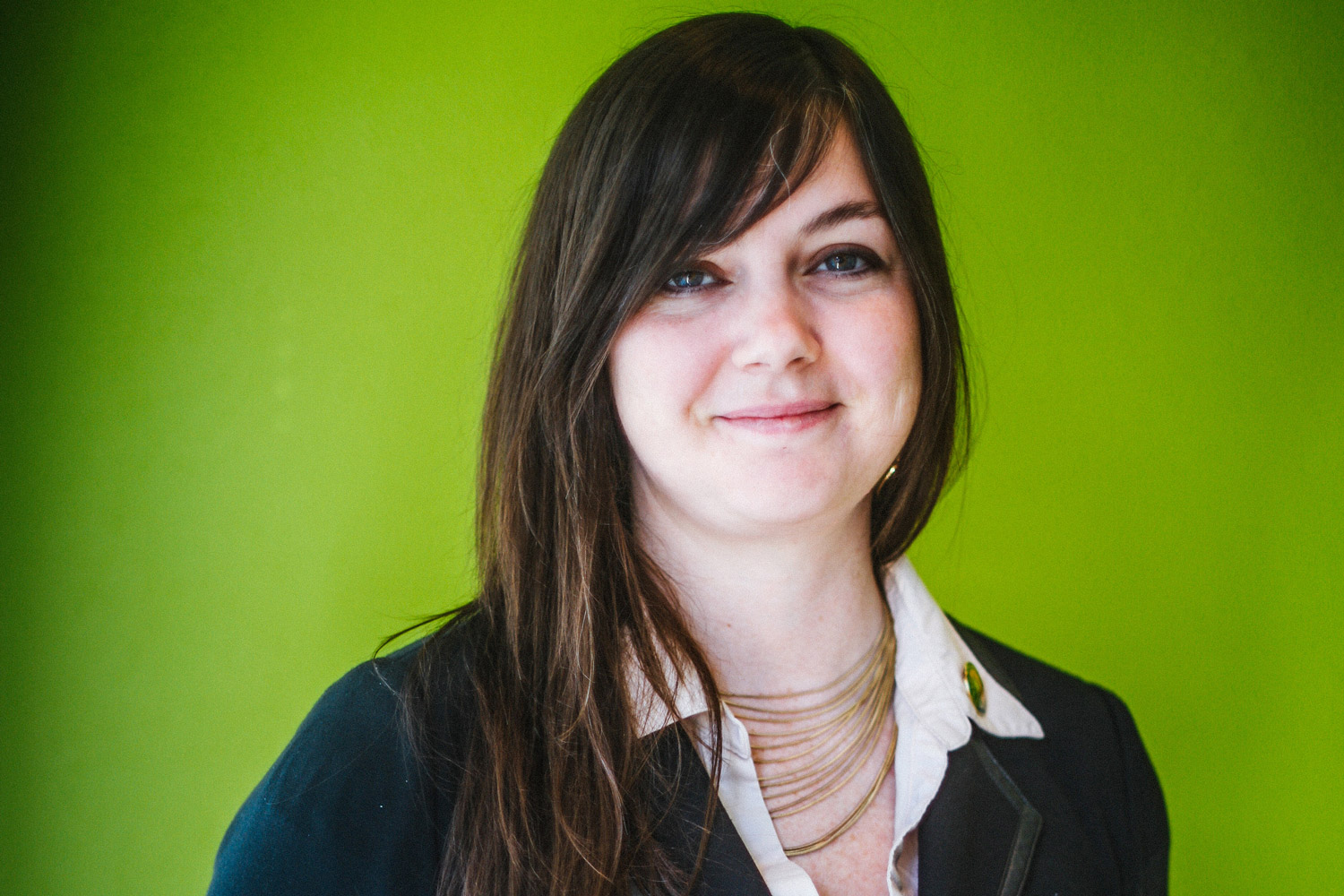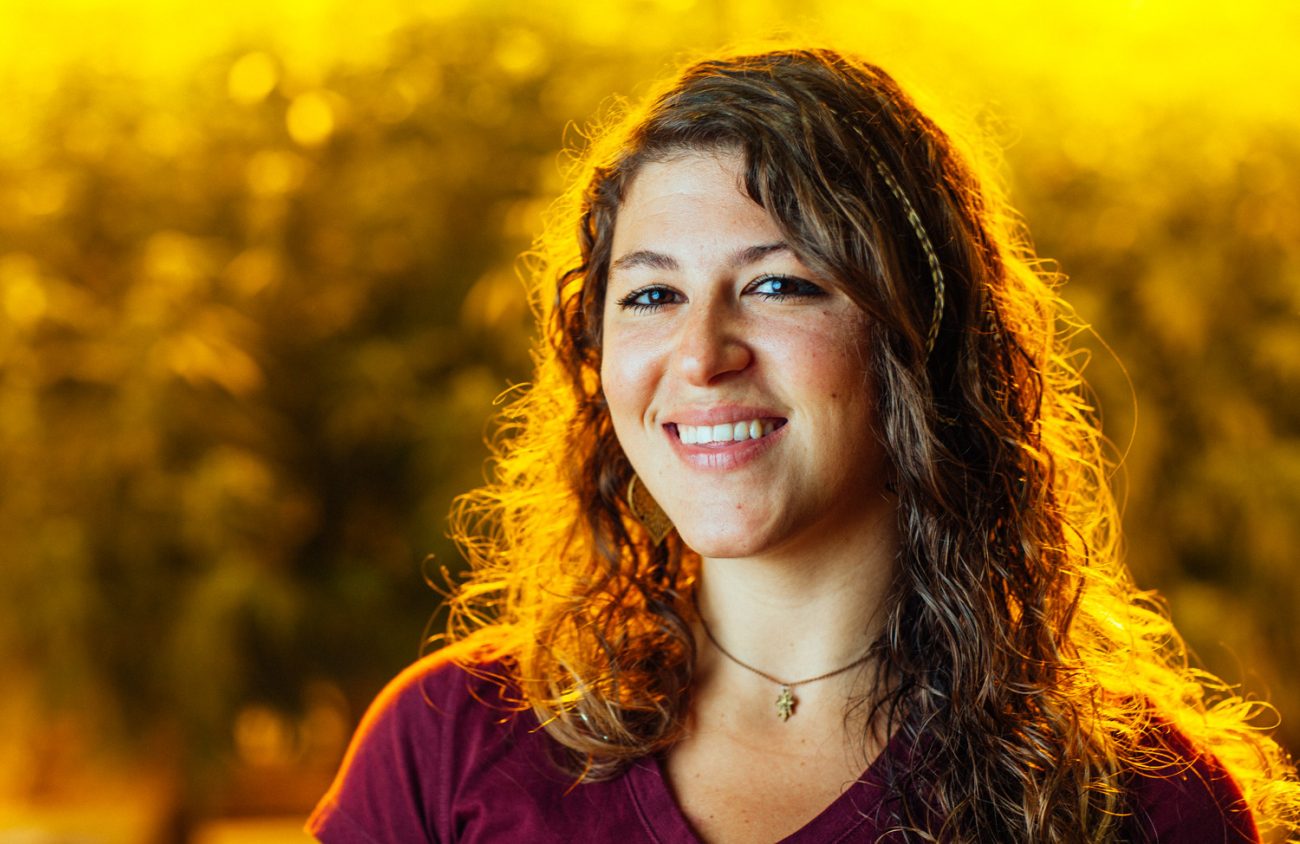Most American businesses are led by men — only 7 percent of the CEOs of Fortune 1000 companies are women. Academics don’t fare much better. According to the American Association of University Women, “As of 2012, only 26 percent of colleges and universities were headed by women.” That same study showed that only 1 in 5 members of Congress is a woman.
But there’s one industry that seems to be leveling the playing field: weed.
“No one is telling women they can’t do it here,” says Bethany Sherman, owner and CEO of OG Analytical, a cannabis testing lab in Eugene. “There aren’t any established markets primarily run by men because it’s a new market segment.”
Marijuana Business Daily found that as of 2015, women held 36 percent of executive positions in the cannabis industry, and that 63 percent of the executive positions in U.S. weed testing labs are held by women.
Sherman, who started her own weed testing business in 2014, says women fill three out of the four leadership positions at OG Analytical. “I like to think of it as our generation’s dot-com bubble,” she says of the cannabis industry. “There’s obvious gaps that need to be filled and women are stepping into those opportunities.”
Enlarge

Photo by Todd Cooper
Not only are women filling more leadership positions in cannabis — Sherman estimates that women are 40 percent of leadership and ownership of marijuana related businesses in town — but they’re supporting each other as well. Sherman and Lindsey Jacobsen of Medication Destination cofounded Women Leaders in Cannabis (WLC), a nonprofit organization that helps women network within the industry.
Sherman has since stepped down and let other women take charge of WLC, including co-presidents Anna Kaplan of SugarTop Buddery and Heidi Fikstad, a co-owner of Moss Crossing.
Fikstad says she was familiar with the black market marijuana industry before legalization. “It was super sexist,” she says. Growers would compete to see “who has the hottest girls trimming,” she adds. Now that it’s legal, she says things have changed for the better. “We can bring more women into the fold and consciously choose to put women in leadership roles.”
Kaplan agrees. “We’re presented a clean slate for a new paradigm in business in general,” she says. “This industry has been more supportive than I could have ever imagined.”
Kaplan and Fikstad point out the ubiquitous stereotype of the ganja girl. “For quite a while the ganja girl was the dominant presence for women within the cannabis industry,” Kaplan says. The ganja girl is a sexualized female figure — a scantily clad young woman posing with a bong or smoking sensually, usually for marketing purposes.
Though Kaplan supports women being comfortable and empowered with their sexuality, she says “it is important that the sexualized female is not the only figure that represents women within the cannabis industry.” With the advent of legalization, ganja girls are no longer the only women associated with cannabis, Kaplan says, and she’s glad to see women as owners and master gardeners as well.
“I try to empower women as business leaders and not just as sexualized figures,” Kaplan says.
Kaplan hopes women can embrace their sexuality and feel empowered by it, but wants women to also have other opportunities in the marijuana industry.
The industry is rapidly shifting and growing with constant changes in legislation of cannabis, meaning there are always new business opportunities in marijuana.
“I see more women just taking charge of their own positions in the industry, instead of just waiting for a position to open up, creating one,” Kaplan says.
Women leaders find the industry to be a bit of an equalizer, but how is it for women on the ground dealing directly with customers?
Enlarge

Photo by Todd Cooper.
Dominique Ehmig works as a budtender — the person selling weed behind the counter at a dispensary — at Hush Dispensary on High Street. She says she works mostly with other women. “We get a lot of surprise that we know what we’re talking about, or just customers being really flirty. Though of course most of our customers are really nice.”
Sierra Bamburg has worked as a budtender at Herbal Connection for two years. She says the customers are pretty evenly split between men and women. “There’s a lot of different times when I’ll be there and I’ll try to help people and they drift towards my male coworkers,” she says.
Bamburg says she’s had many customers send her private messages asking to spend time with her or date her outside of working hours — “I’ve had like 25 or 30 people talk to me.”
“Just because I talk to you at work doesn’t mean I want to talk to you all night,” she adds. At the same time, she says her experience at the dispensary has helped her find a path for her future. The owner of her workplace has begun giving her more responsibility over their social media presence. “I could really make a career doing this,” she says.
“It’s been fun, and just to know that I’m one of the only ones with a password to our Facebook page, it’s really inspiring. I could do this for anyone, even outside the weed industry.” She plans to take marketing classes at Lane Community College in the fall or winter.
Women business leaders have found new life and prosperity working in marijuana. Kaplan says, “The relationships that I have fostered in the cannabis industry have been the most solid and beneficial through the women I know in this industry.”
